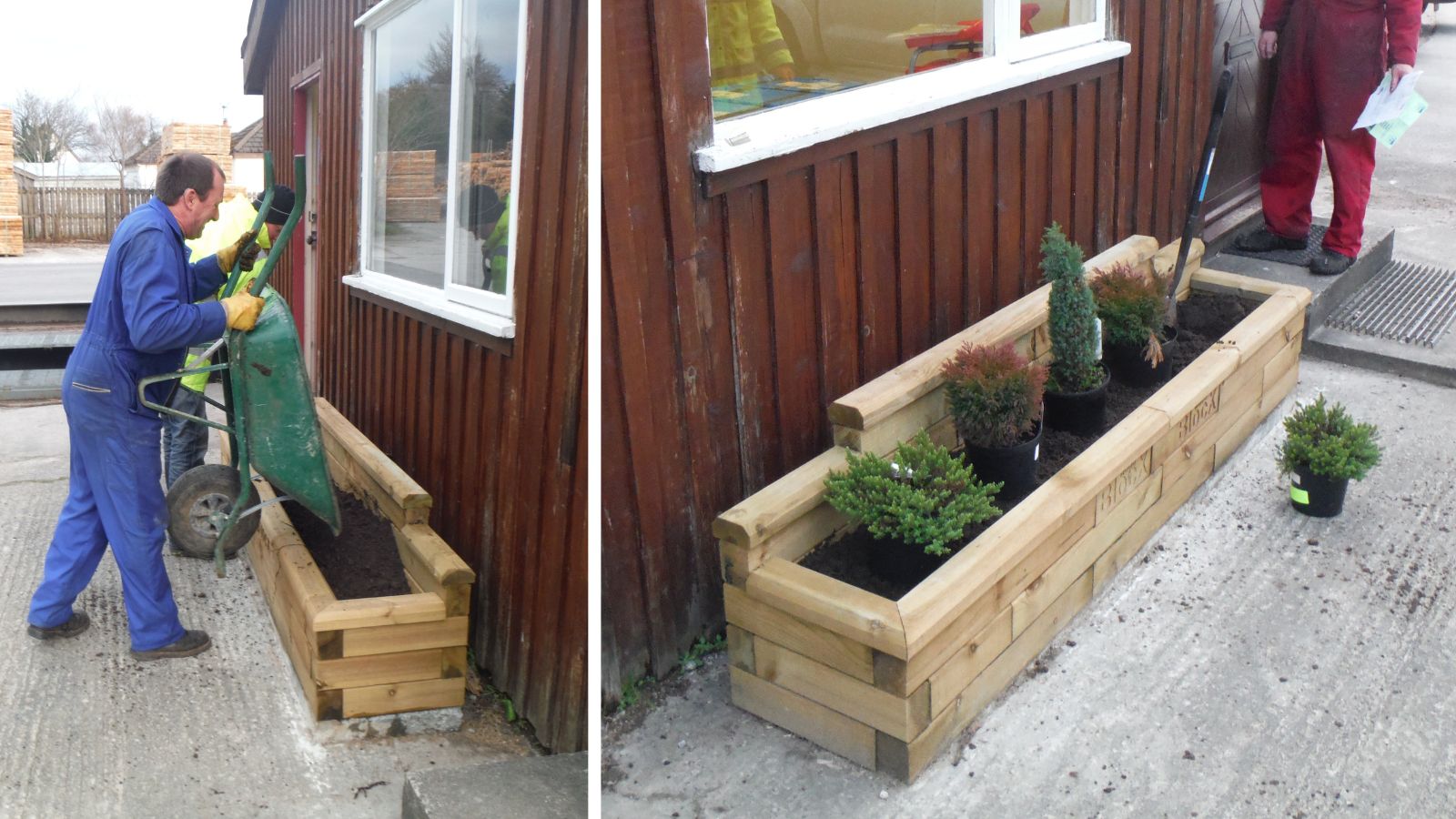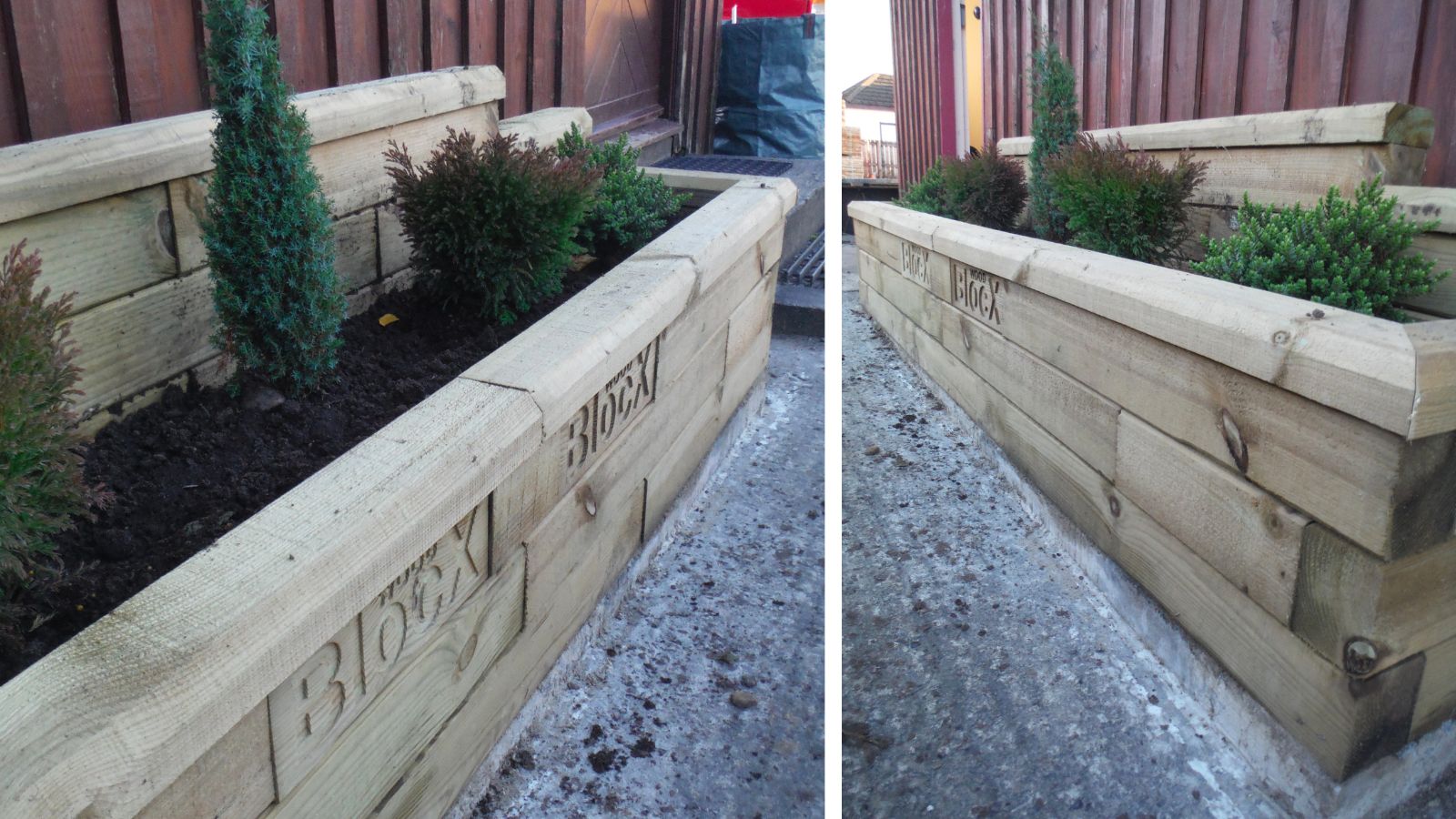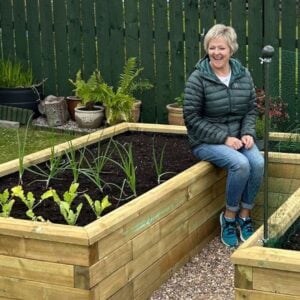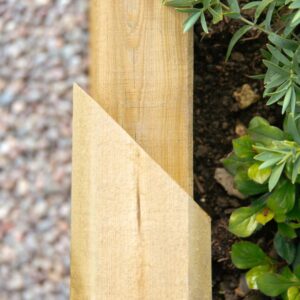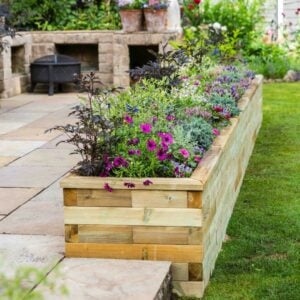How to level your WoodBlocX planter on a hard surface
Step-by-step guide to leveling your raised planter on a sloping concrete base
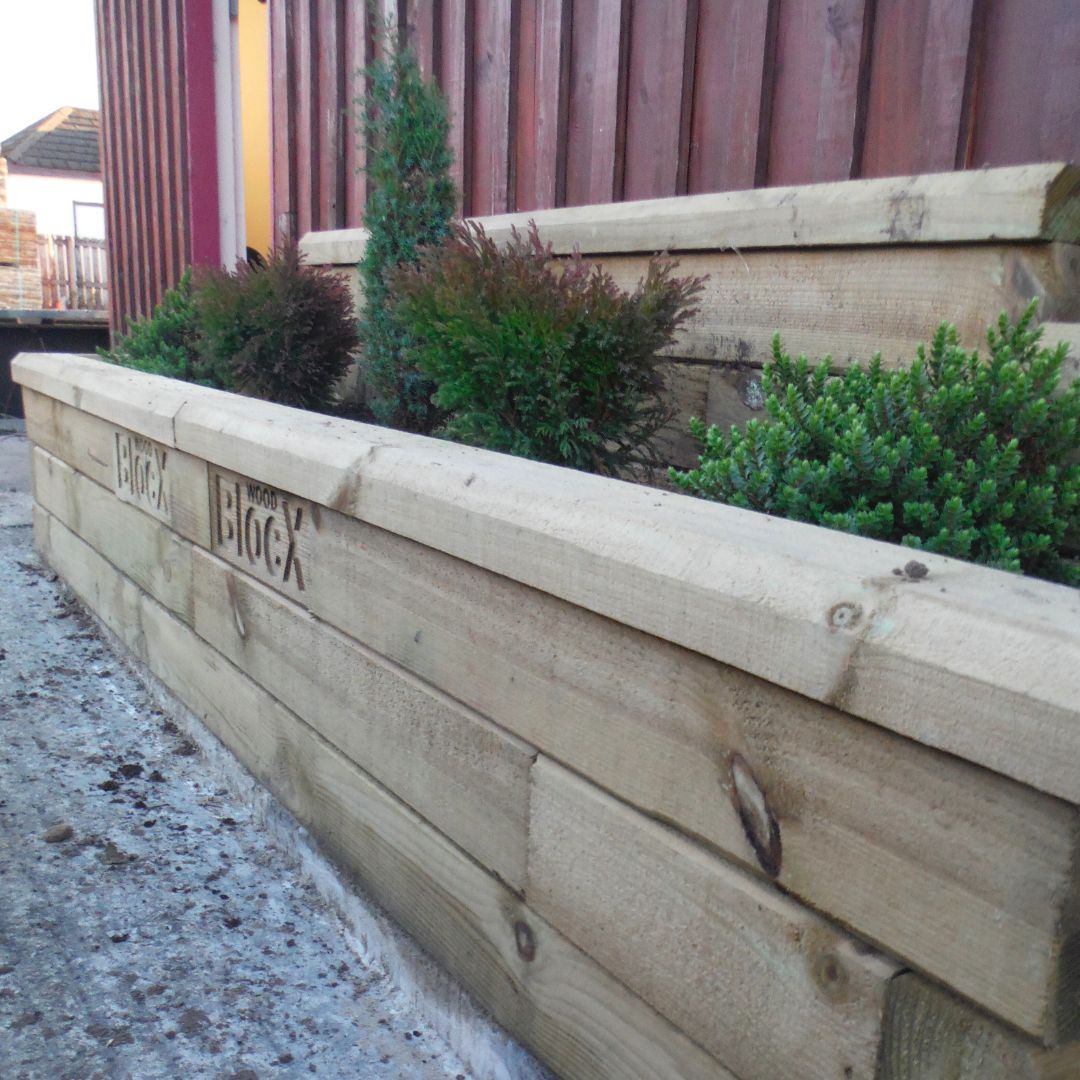
If you have the perfect spot for a raised planter but the hard surface isn’t level, we’ve got a tried and tested DIY fix for your WoodBlocX project. Using a few planks of wood, a spirit level and some concrete, you can ensure your WoodBlocX structure is plumb and looking good before planting!
This method is only suitable for our smaller planters that can still be moved and lifted slightly once built. For large planters, it’s vital your ground surface is levelled correctly before you start as building on an uneven surface will cause alignment problems later in your project – read our General Building Guide for more information.

Design your own raised bed
Select your planter size and get an instant price on our website! WoodBlocX kits are easy to build and with no power tools needed, everyone can get involved. For bespoke projects, we offer a Free Design Service.

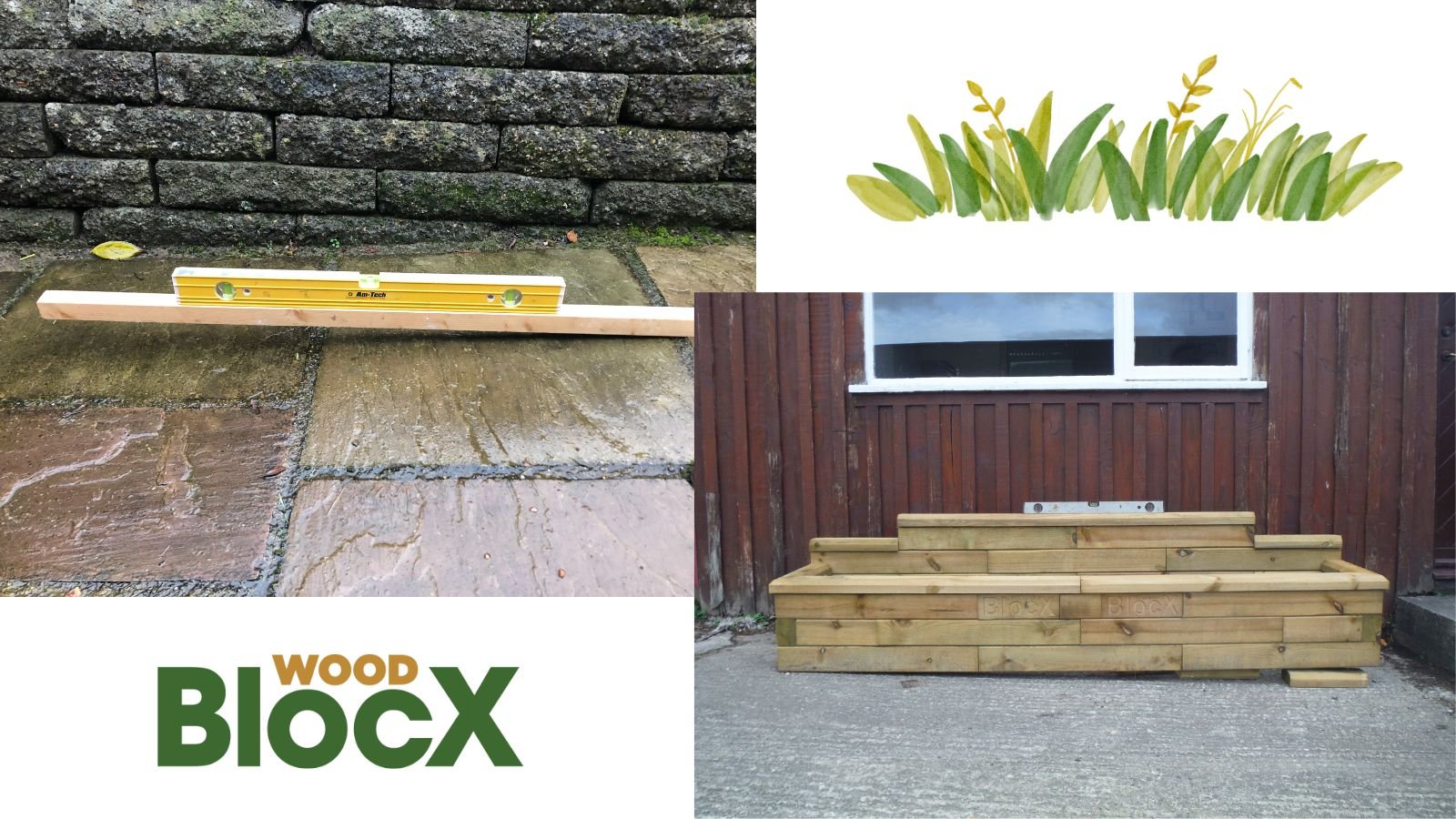
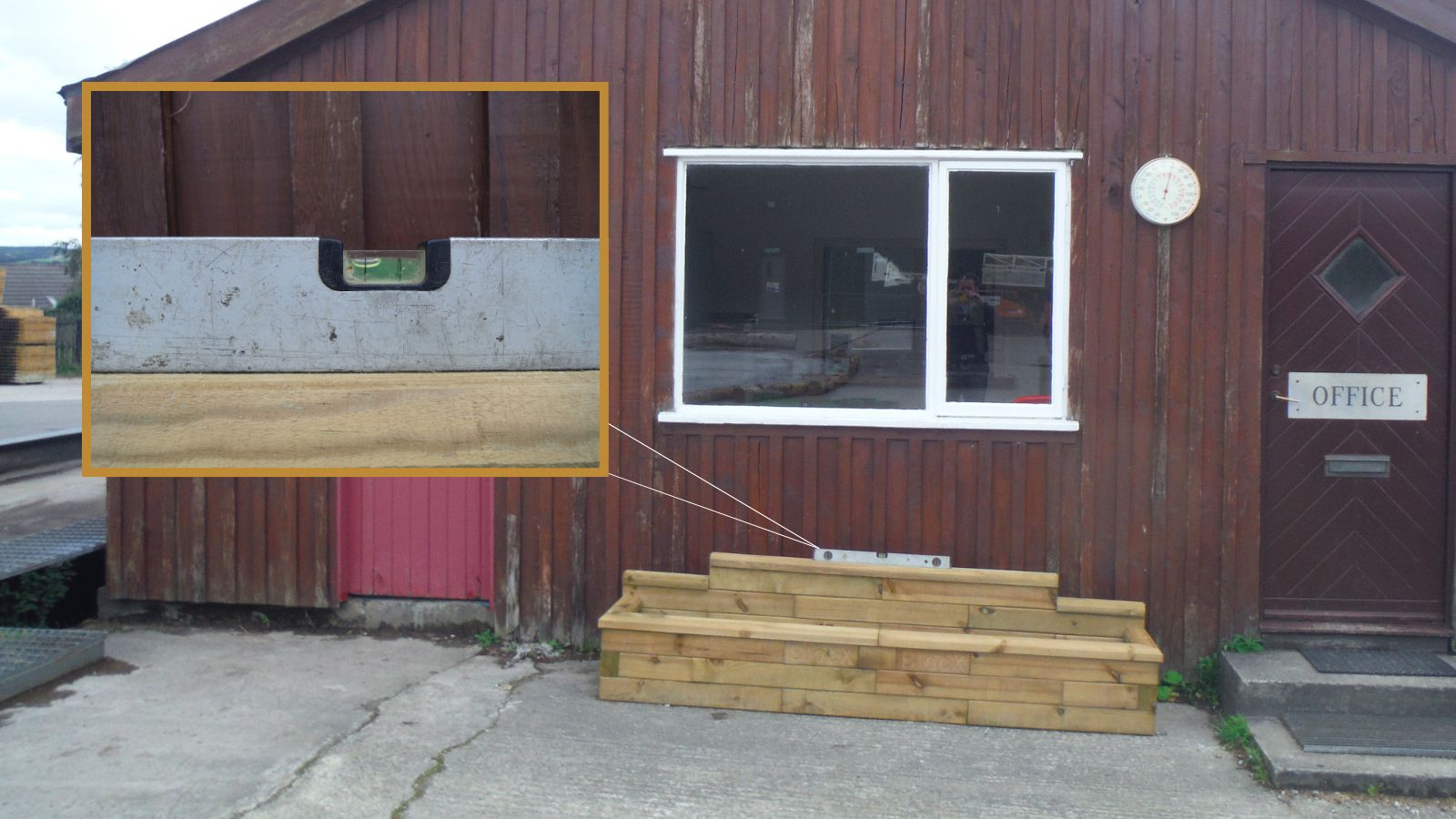
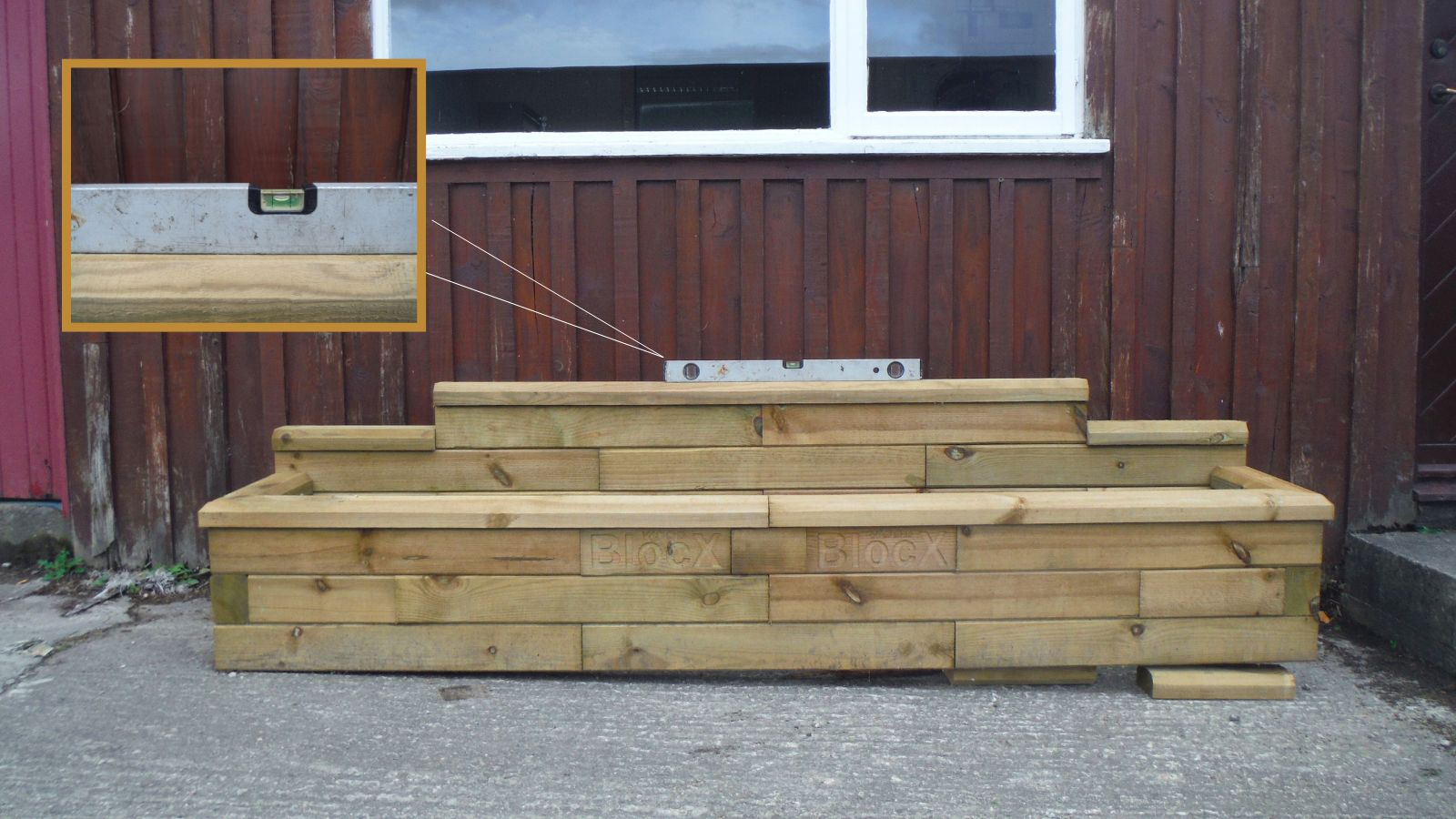
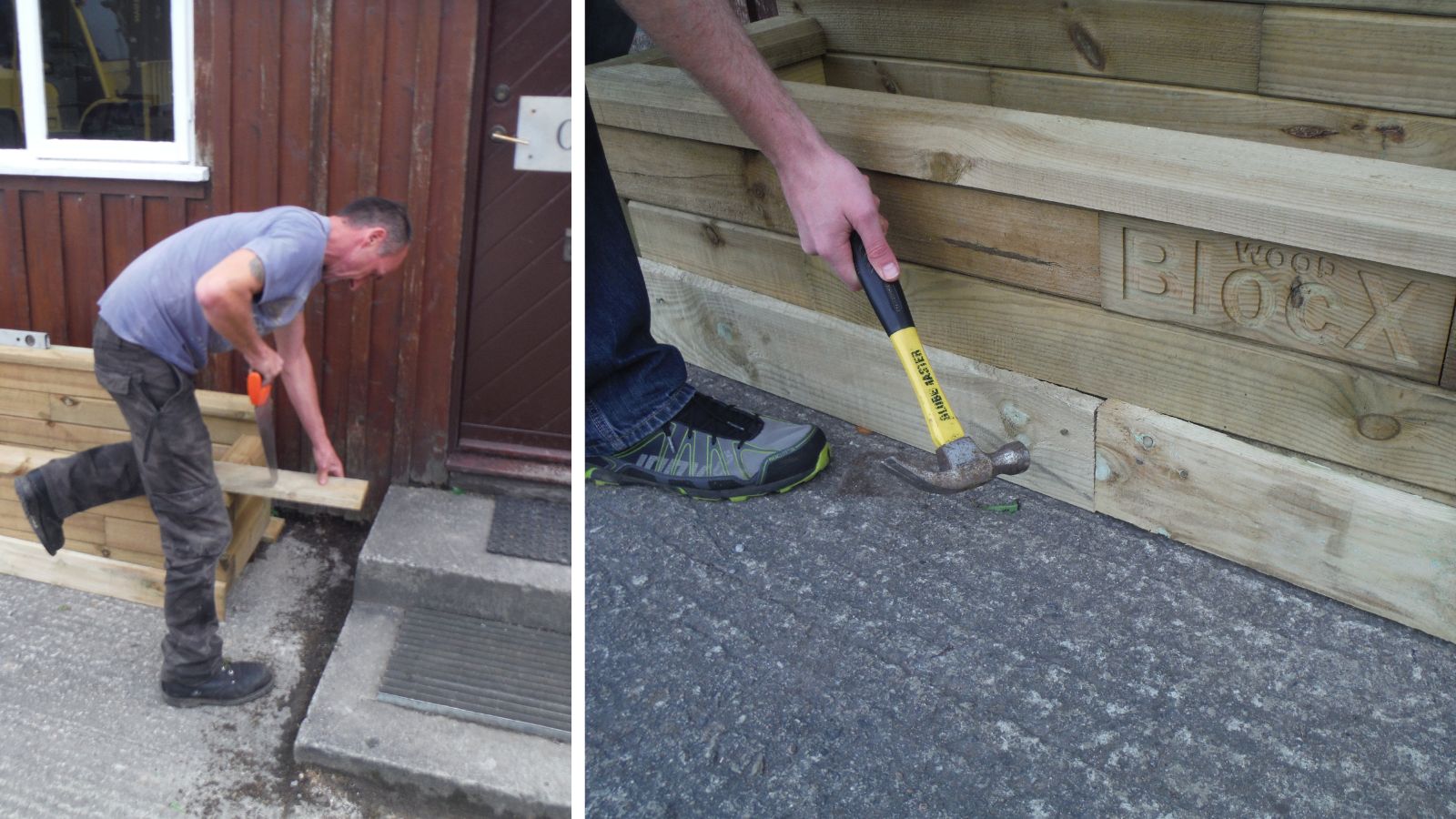
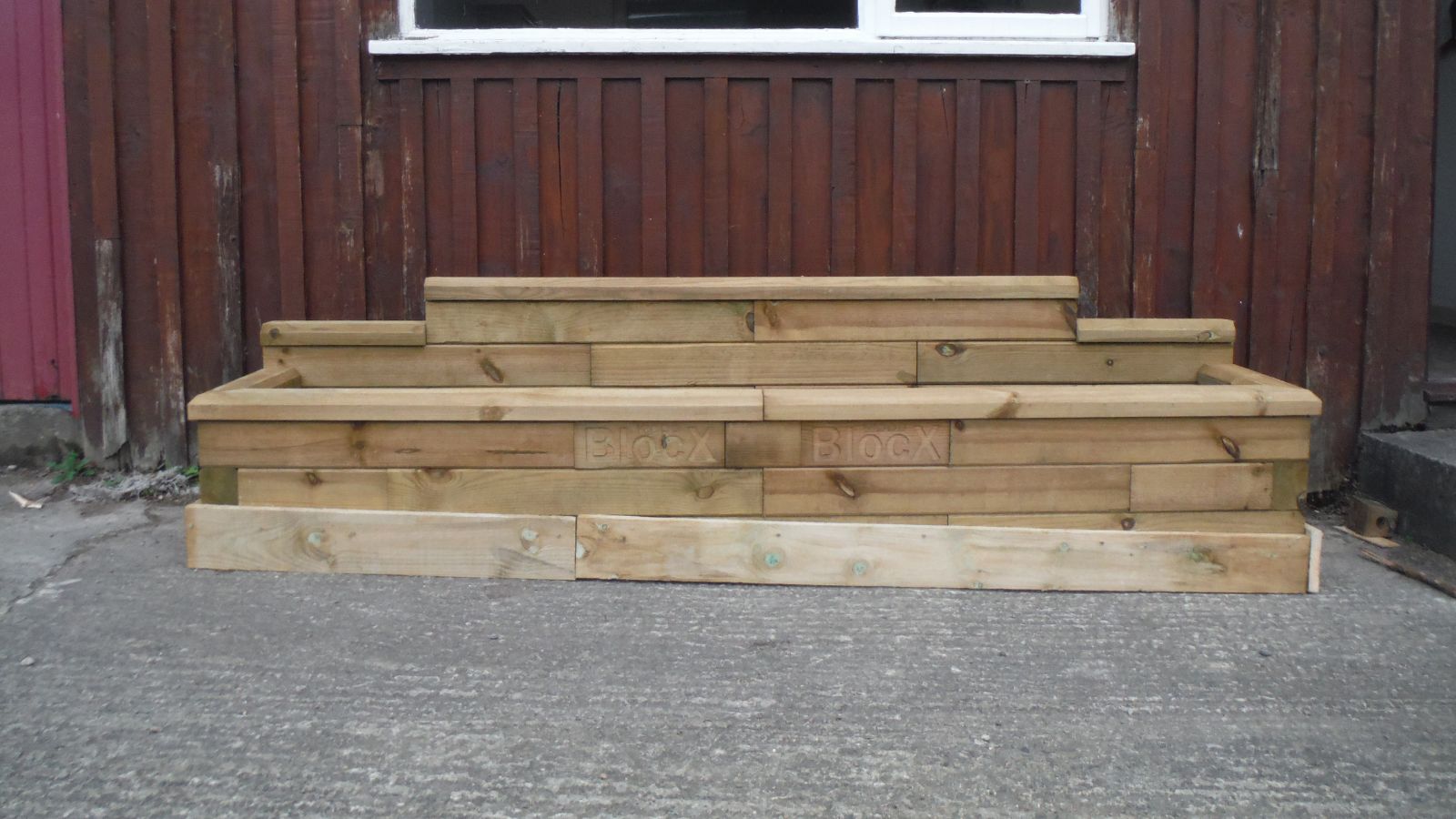 After leveling the planter with spare timber, it’s time to board around the outside to create a container so the concrete doesn’t flow out when poured inside.
After leveling the planter with spare timber, it’s time to board around the outside to create a container so the concrete doesn’t flow out when poured inside.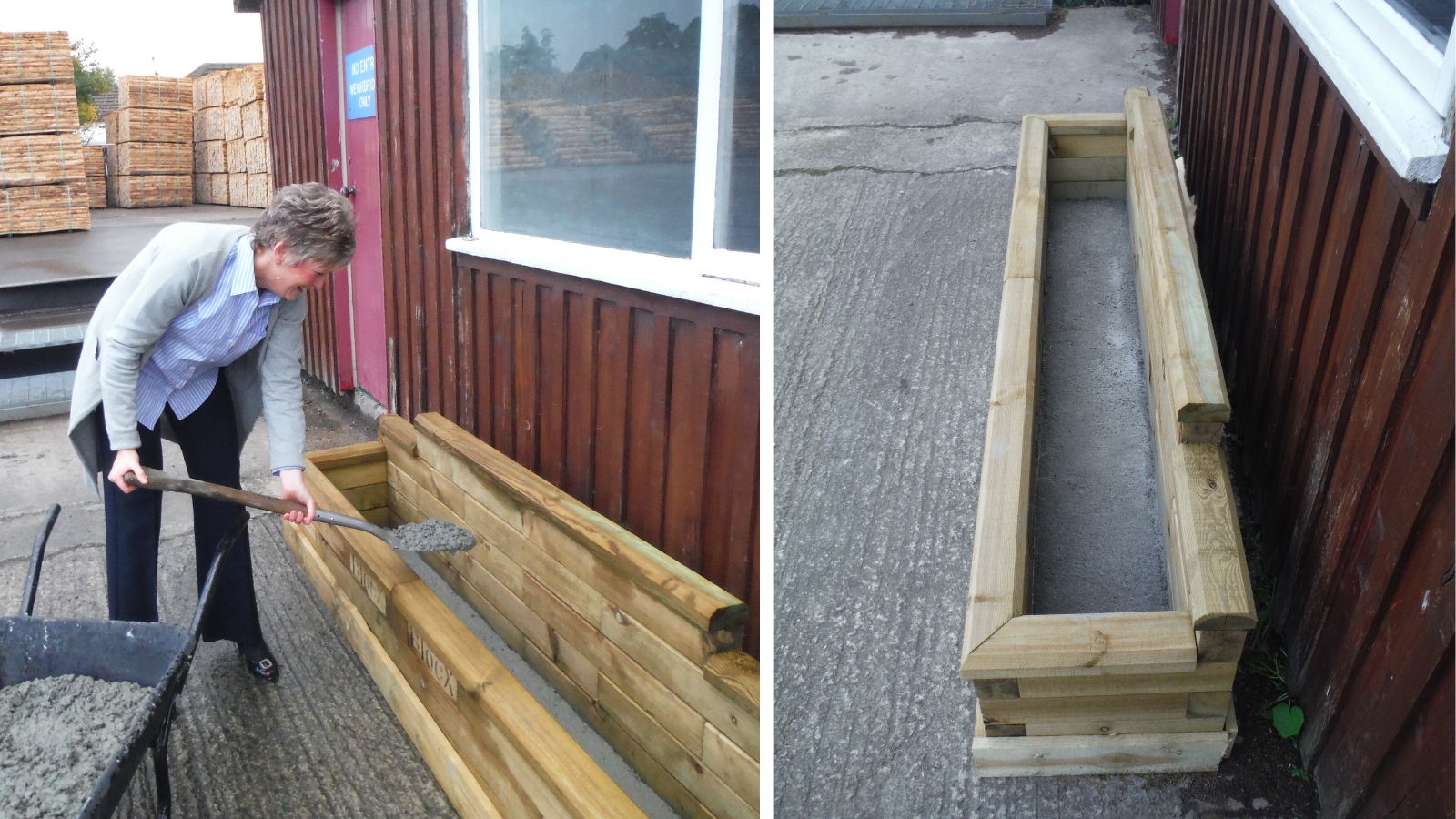
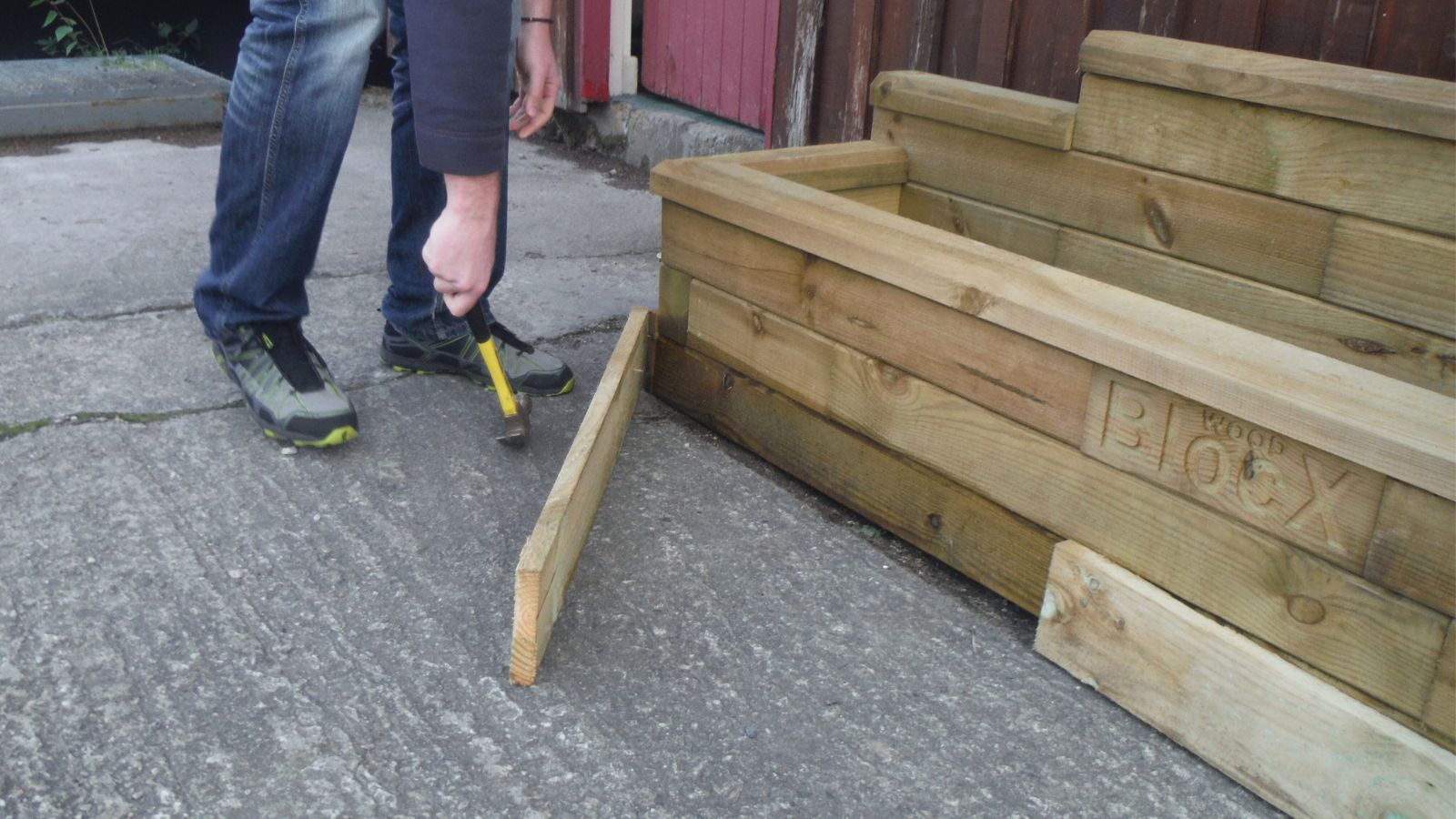
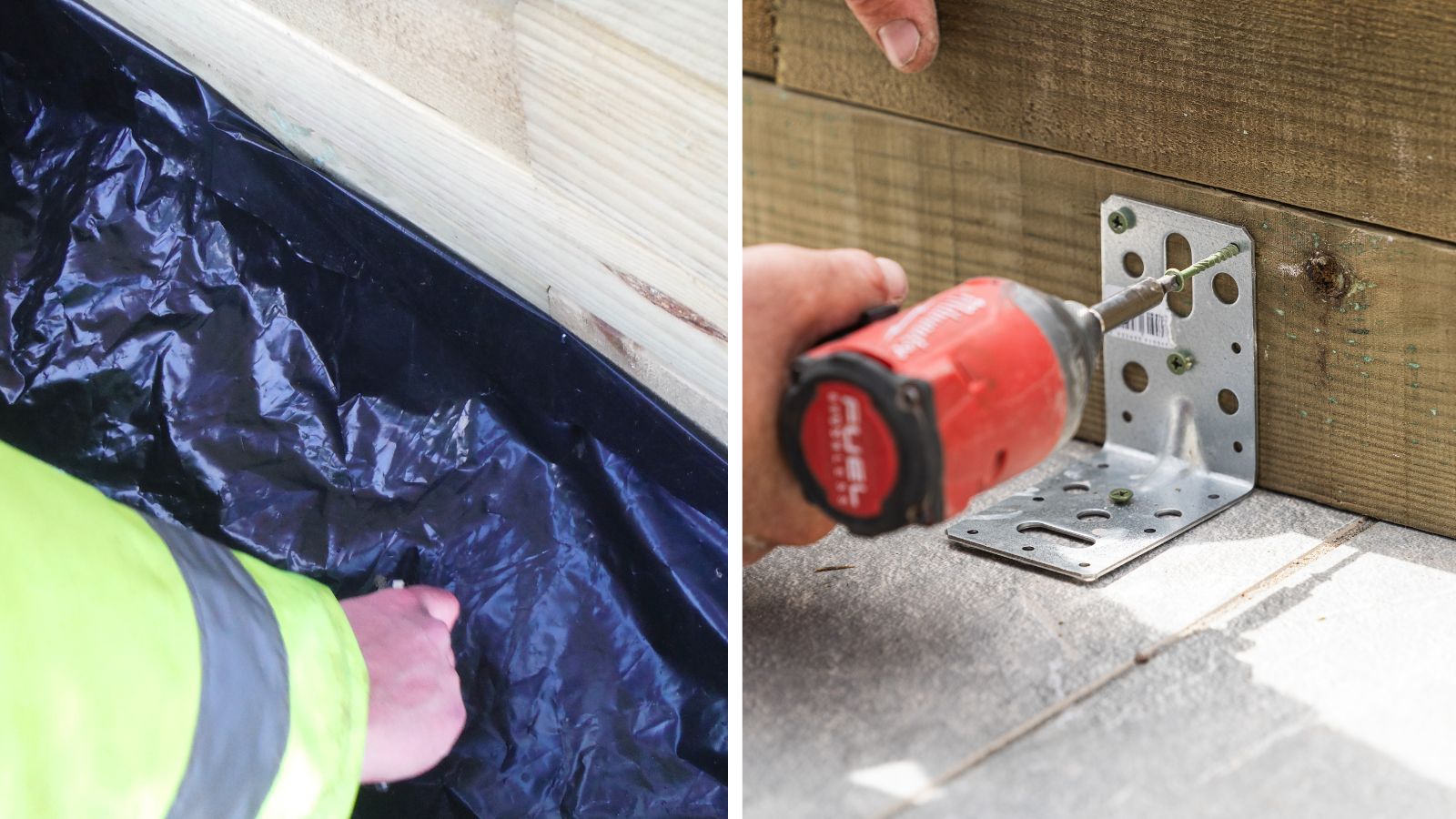 Once the concrete has set, it’s time to remove the form you created with wooden planks. Work around the structure, using the back of your hammer to carefully remove the nails.
Once the concrete has set, it’s time to remove the form you created with wooden planks. Work around the structure, using the back of your hammer to carefully remove the nails.